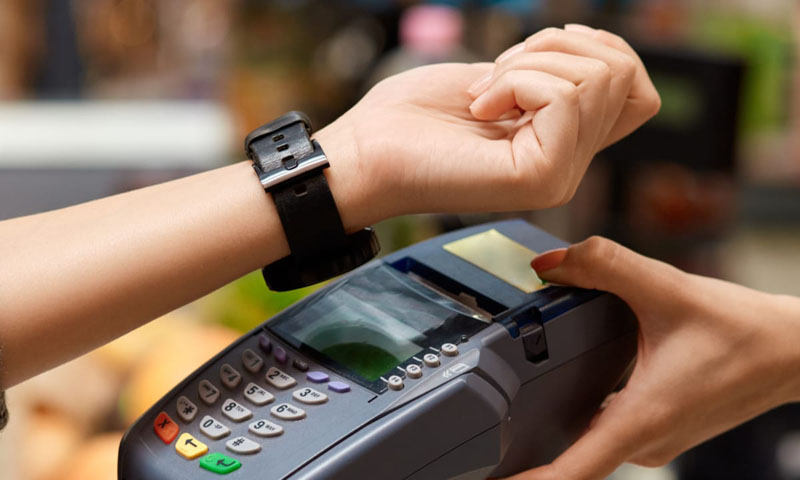
Wearable payment devices are basically gadgets that are worn by users and help them in making payments. These gadgets are highly modern and help customers to do payment transactions while buying a product or service.
Wearable payments are also known as tap-and-go payment methods by several retailers and organizations. They offer a more secure and safe payment option because of the integrated technologies used in the making of these wearable payment devices.
This payment method offers vendors and retailers do more secure and error-free payment method. Additionally, different banks and financial institutions are also providing wearable payment options for elevating their customer base around the globe.
The most important thing which makes these systems differ from any other is the contactless payment. They help a user to make payments without any complex process like before. Now, these contactless services are widely available around the globe. This means consumers can enjoy the convenience of using these mediums by tap and pay methods anywhere in the world.
The advancement in the technology for payment has helped the banks, financial institutions, vendors, and retailers to provide seamless and contactless payment services to the users. These devices helped payment to be quickly and safely embedded into wearables, deliver an improved consumer experience at the checkout.
It also adds to the luxury devices, where a user just needs to carry a compact and secure device to perform many functions. These devices initiate safe and secure payment transition with just a tap. A user doesn’t need to carry out a long procedure for paying at counters like earlier. The stylish designs and attractive function of these devices help in gaining momentum for the market.
Host Card Emulation (HCE) helps mobile or wearable devices to grant card imitation on NFC-enabled gadgets without its dependence on the connection to an authenticated element. In addition, the growing demand for wearable payment devices is because of their fast payment feature. These features help in attracting more customers to wearable payment devices.
There are several e-banking platforms that are accepting wearable payment devices. The e-banking platforms want to integrate the Near Field Communication (NFC) technology in their transaction operations that help in making payments smoother. Furthermore, the nominal costs for combining NFC technology are encouraging many businesses to adopt it.
Many of the companies are widely using these technologies to transmit data from their devices to various other contactless payment ends like the NFC tags and smartphones. These technologies help the companies to carry on the seamless and contactless transmission of the data. Thus, helping them to carry on their work effortlessly.
There are a variety of devices that offers digital payments while wearing them. These devices include smartwatches, wristbands, key chains, phone cases, and many other wearable pieces of jewelry. All these devices are easily accessible and available by big brands like Samsung, Google, etc.
Smartwatches are the most common device available as wearable supporting payments. It offers many functions while connecting to your smartphones like calls, messages, and music, and of course payments. You can easily do safe and secure payments by using a smartwatch supporting digital payment.
Although, these devices are more expensive and have limited battery life, which limits their reach to the customers. Normally, people don’t buy these wearable payment devices because of the huge cost attached to them. It also has a limited battery life which also restricts people to adapt them in huge amounts.
Wearable payment devices refer to the gadgets through which we can make safe and secure payments while wearing them. They make the payment procedure convenient and secure. Many banks and other institutions are adopting this technology to cut down their queues for payment transactions.
The market of wearable payment device will witness growth due to the increasing adoption of cashless payments. Digitalization across the world is also helping this market to grow at a high pace. Along with this, one of the factors which are restricting the growth of the market is the high cost involved in these devices.
So, The global wearable payments devices market size is expected to rise at a market growth of 42.9 % CAGR during the forecast period.